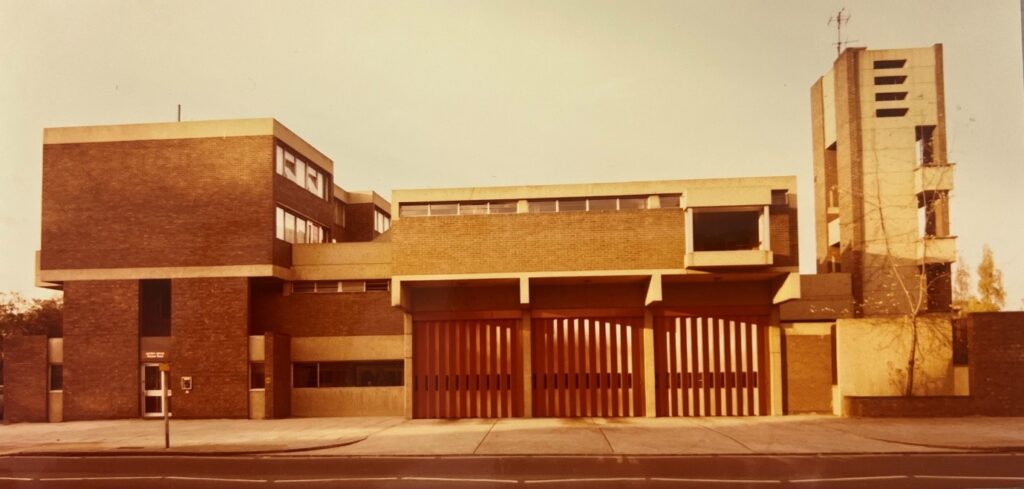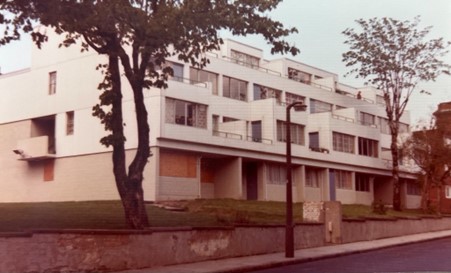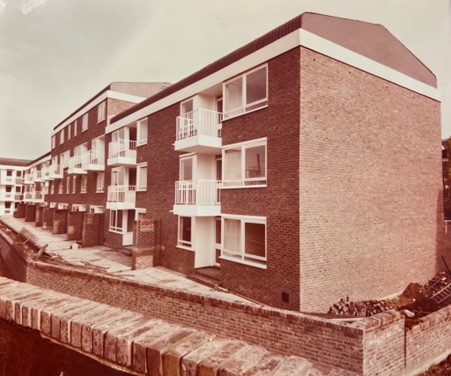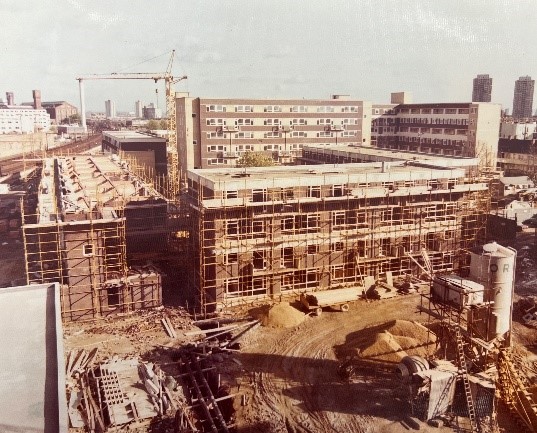Throughout April, we have delved into Rooff’s historical project archive dating back to the 1960’s and 1970’s, which revealed an interesting mix of post-war modernist design across social housing and community infrastructure projects.
Case Study 1: Bethnal Green Fire Station, Roman Road, E2

Built for the Greater London Council by Rooff in the late 1960’s, still fully operational today. (GLC Architects department)
Case Study 2: Warltersville Road, Hornsey, N19

Built for the London Borough of Islington in the mid 1970’s, these apartments have stood the test of time and represent a period of original modernist architecture still influencing contemporary residential designs today.
We are proud to still be building for Islington some 50 years on.
Case Study 3: Spey Street, Teviot Street, Abbot Road and Brunswick Road, Poplar, E14

Built in the mid 1970’s, this social housing development of 631 homes located in the London Borough of Tower Hamlets, was completed in two phases and comprises of linked blocks of flats and maisonettes.
Original project architects were Shepheard Epstein & Hunter, who Rooff have continued to work with over the last 50 years with the latest collaboration being the recently completed Community Land Trust and Self Build scheme for RUSS in Lewisham – Church Grove, Ladywell.
Case Study 4: Northern Sewage Works, Beckton
At the time of construction, this was one of the world’s largest and most modern sewage works of the era. Rooff were nominated by the Greater London Council to carry out all the superstructure work, involving high degrees of construction experience and concrete technology.
Case Study 5: Malmesbury Road, Mile End, E3

Another very large-scale housing development completed by Rooff. This project comprised of 3, 4, and 7 storey blocks of flats totalling 634 dwellings in Mile End New Town, close to the Tredegar Square Conservation Area in E3.
